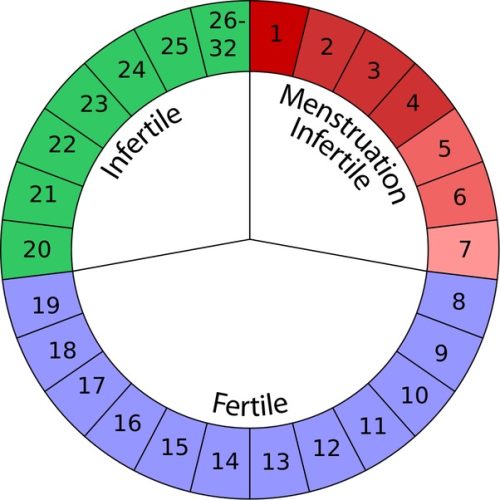Understanding your menstrual cycle is important for several reasons. Whether you’re trying to conceive, trying to avoid pregnancy, or simply want to know more about your body’s natural rhythms, knowing how to calculate your menstrual period and ovulation can be incredibly useful.

Many women find it helpful to track their cycles to gain insights into their health and wellbeing.
The menstrual cycle is the regular natural change that occurs in the female reproductive system that makes pregnancy possible.
The cycle is necessary for the production of eggs and for the preparation of the uterus for pregnancy.
Each woman’s cycle is unique, and it can vary in length and symptoms.
Generally, a menstrual cycle lasts around 28 days, but it can range from 21 to 35 days in adults and from 21 to 45 days in young teens.
By keeping track of your menstrual cycle, you can predict when your next period will start and when you are most likely to be fertile.
This can be helpful not only for family planning but also for understanding your body better.
It can help you recognize any irregularities or changes in your cycle, which can be important for your overall health.
How to Calculate Your Menstrual Period
- Track the Start Date: Write down the first day of your period. This is Day 1 of your cycle.
- Track the End Date: Write down the last day of your period.
- Count the Days: Count the number of days from the first day of one period to the first day of the next period. This is the length of your menstrual cycle.
Example:
- If your period starts on July 1 and the next period starts on July 28, your cycle is 27 days long.
How to Calculate Ovulation
Ovulation is when your ovary releases an egg, which usually happens in the middle of your cycle.
- Find the Middle: Divide the length of your cycle by 2 to find the middle.
- Track Ovulation Days: Ovulation typically occurs about 14 days before your next period. For a 28-day cycle, ovulation usually happens around Day 14.
Example:
- If your cycle is 28 days, you likely ovulate around Day 14.
- If your cycle is 30 days, you likely ovulate around Day 16.
Signs of Ovulation
You might notice some signs when you’re ovulating:
- Change in Cervical Mucus: It may become clearer and stretchy, like egg whites.
- Slight Increase in Body Temperature: Your basal body temperature might rise slightly after ovulation.
- Mild Pelvic Pain: Some women feel a slight pain on one side of the pelvis.
Keeping Track
- Use a Calendar: Mark the first day of your period and the expected date of your next period. Highlight the middle days for ovulation.
- Use Apps: There are many apps available that can help you track your menstrual cycle and predict ovulation. Such as Flo.
Why It’s Important
- Family Planning: Knowing your cycle helps in planning or preventing pregnancy.
- Health Awareness: It can help you notice any irregularities in your cycle, which you can discuss with your doctor.
Also read: How PCOS Can Affect A Woman’s Self-Esteem

